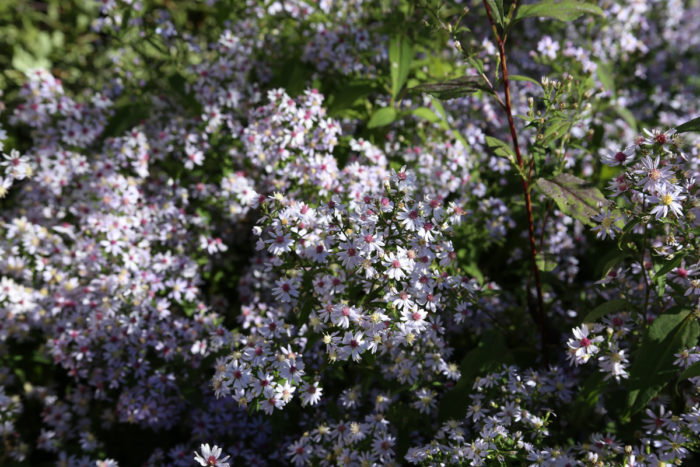
It may still be hot and dry here in the Mid-Atlantic, but we are getting a little glimpse of hope when there is a cooler day now and then. Those days remind us that fall is just around the corner. With fall approaching, we can focus on some different tasks besides the monotonous jobs of watering and weeding our summer gardens.
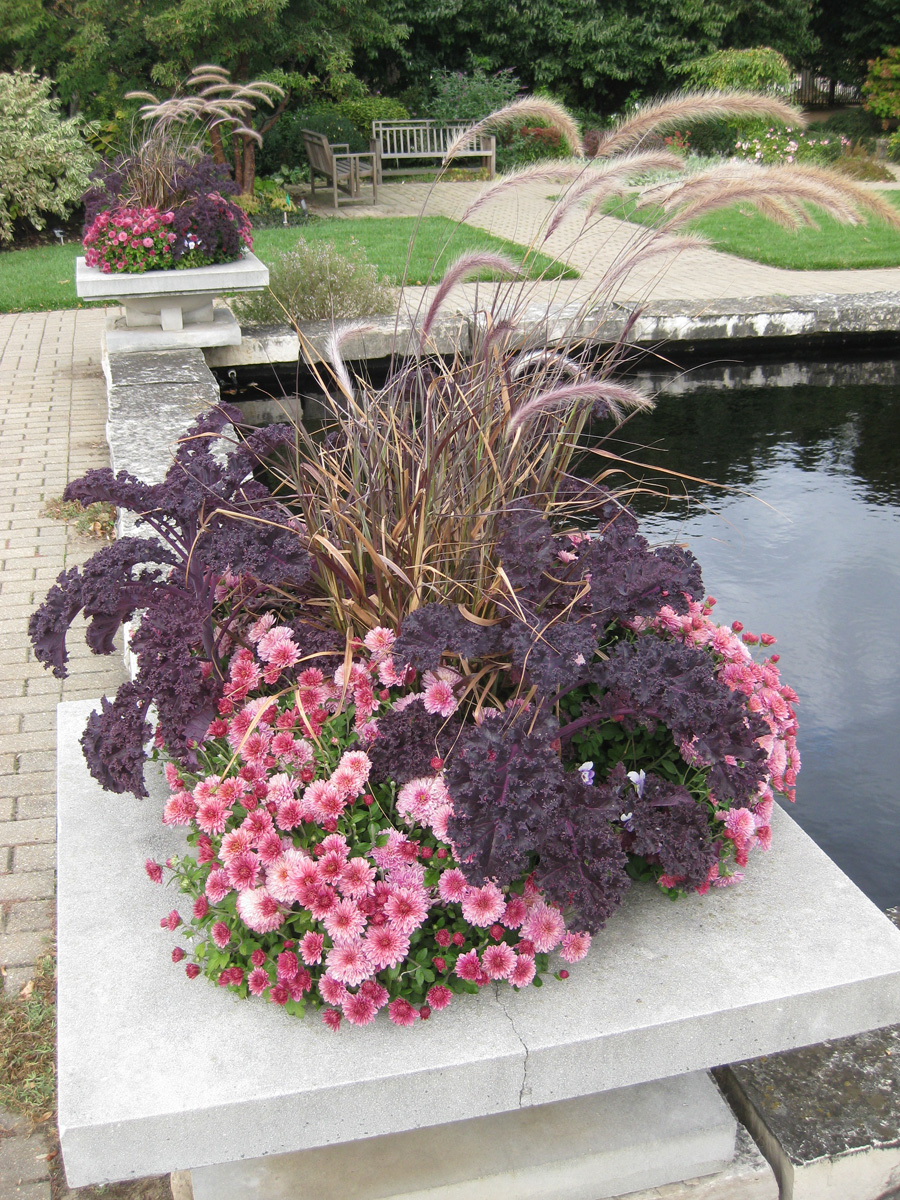
Refresh your fall containers. Now is a great time to add fall and winter interest to your containers. Plant grasses and evergreens as the foundation for your containers, as they will last throughout winter. Add a few richly colored flowering annuals for the fall that will still have impact after the frost hits.
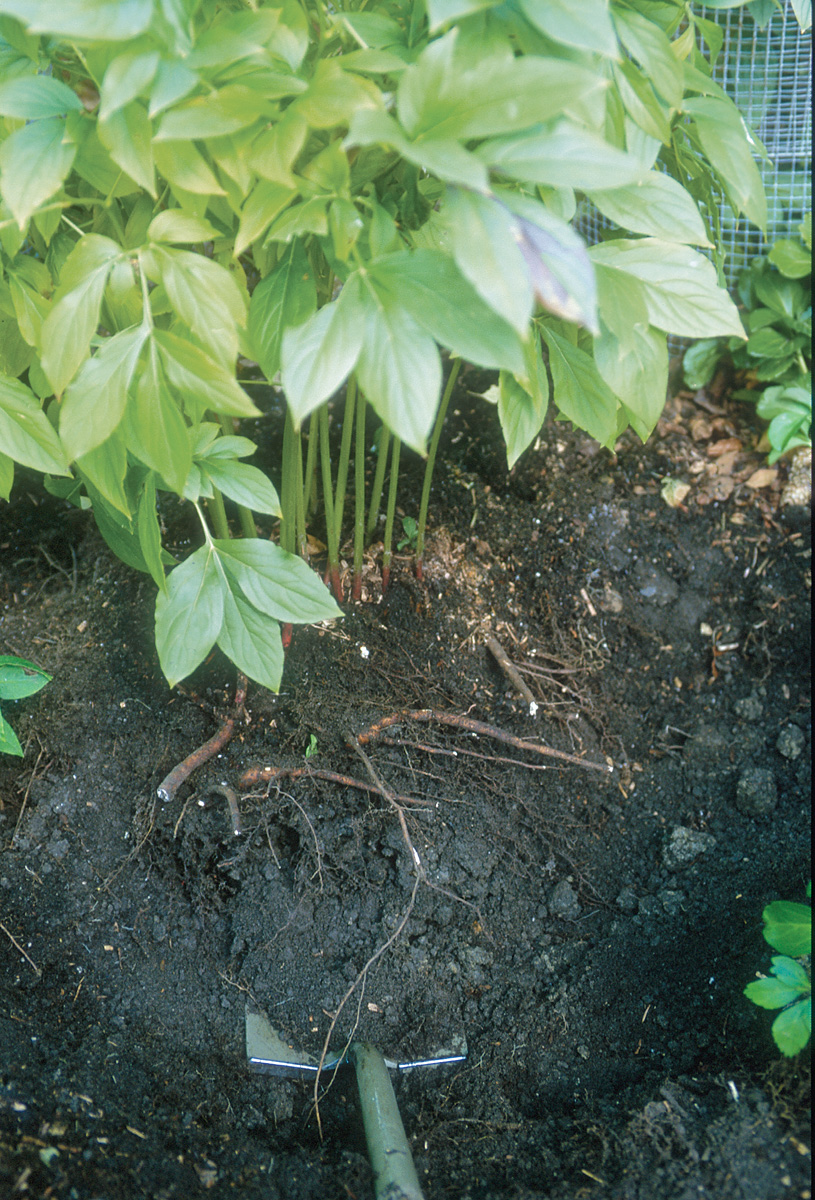
Divide peonies (Paeonia spp. and cvs., Zones 3–8). Although peonies will happily stay in the same place in the garden for decades, a great way to get more peonies is through division. Fall is the ideal time to do this. First, cut back the foliage of the plant and get rid of it, as the foliage can carry disease. After digging up the clump, check for a natural division to cut. Be sure to avoid cutting any new eyes and roots. You should be able to see the plant’s growth from the previous season and divide at that point.
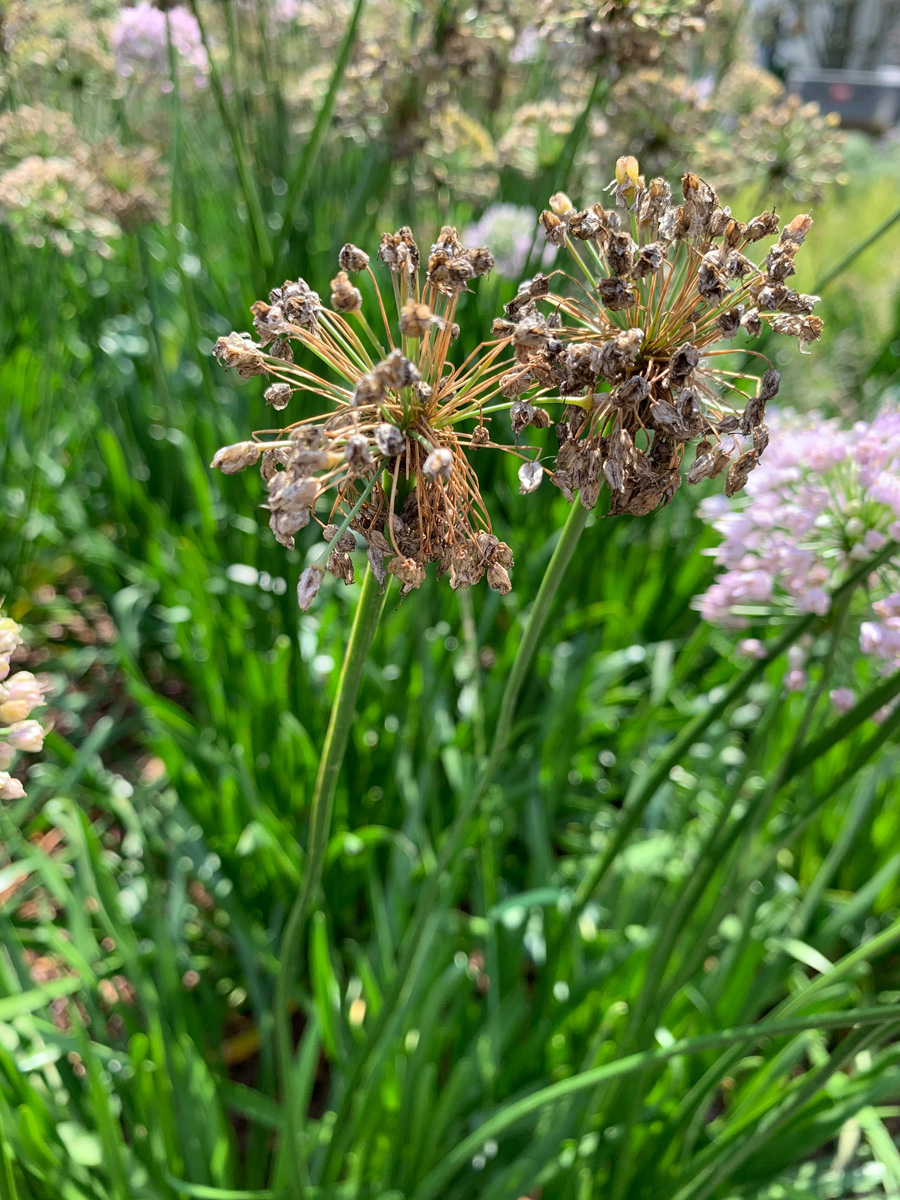
Leave your perennials standing. Do not cut back those perennials just yet! By September, seeds are set and can be saved to produce more of the plants you love for your garden or for your gardener friends. You can also leave them and wait to see where new plants will end up. In addition to saving seedpods, leaving the perennials standing provides excellent habitat for insects and small animals.
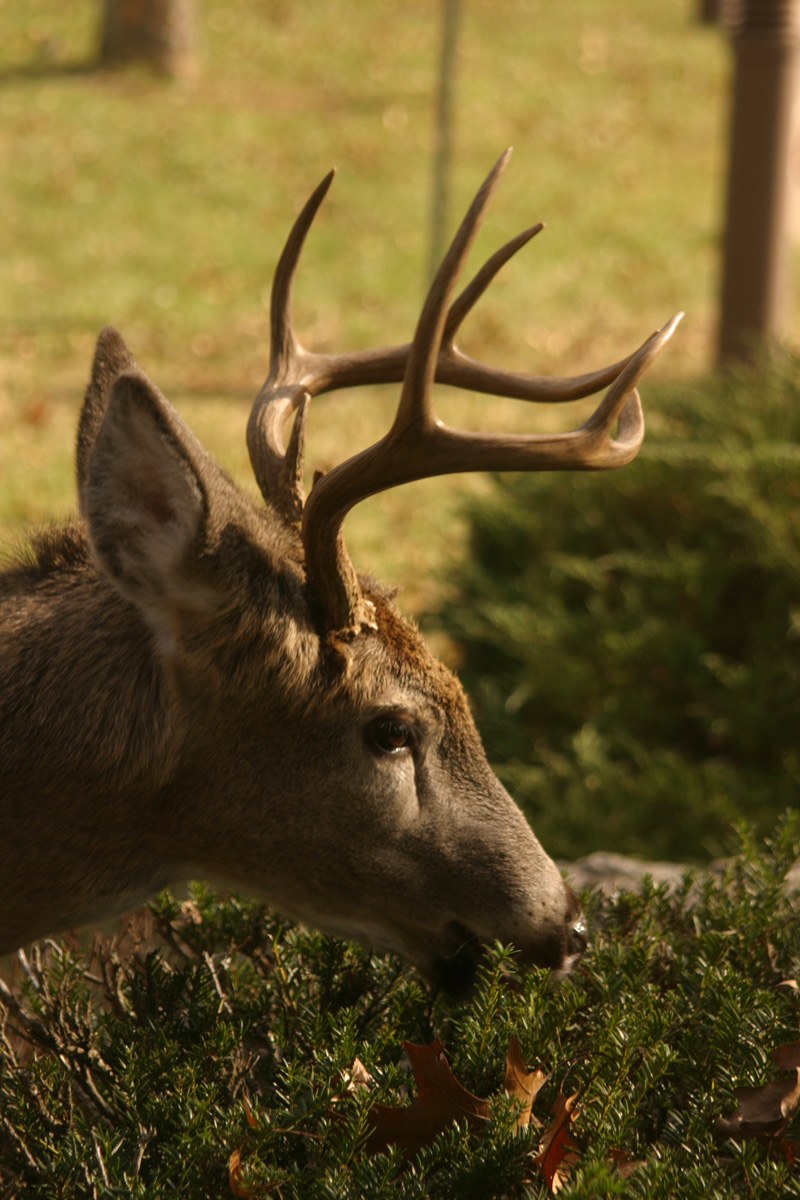
Apply deer and rabbit repellent. As the temperatures get a bit cooler, begin to apply animal repellent regularly. With the arrival of fall and winter, deer and other four-legged friends will return to the garden more frequently. Deer Scram™ is an effective organic granular product that will last for about a month and is actually enhanced by some moderate rain rather than washed away. For more on repelling deer, read on here.
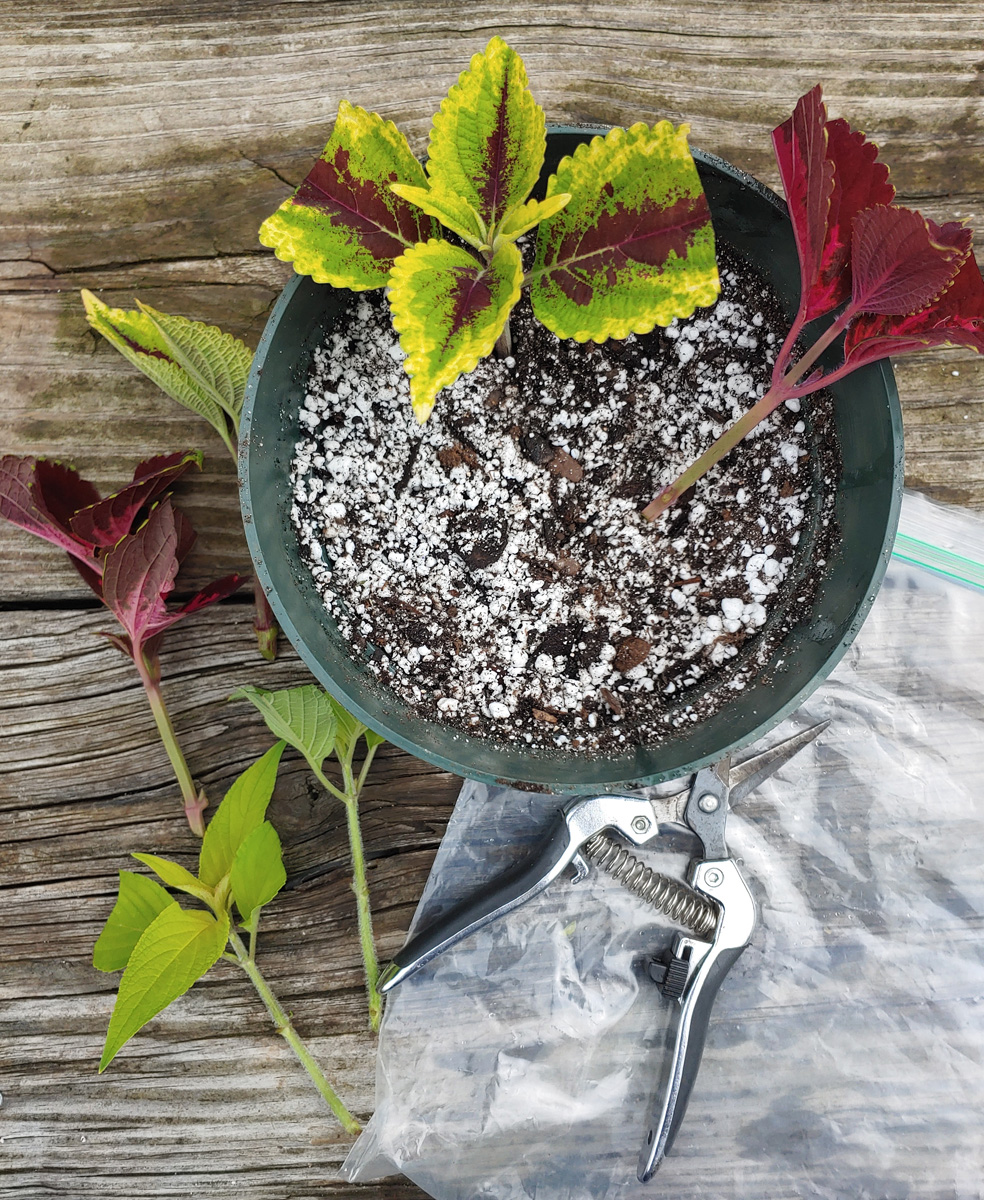
Take cuttings from tender plants. Rather than taking tender perennial plants inside, a great space-saving way to save them for next year is to take cuttings. Plants such as coleus (Plectranthus scutellarioides and cvs., Zones 10–12), begonias (Begonia spp. and cvs., Zones 6–11), and scented geraniums (Pelargonium spp. and cvs., Zones 10–11) are easy to propagate by rooting in water or soil. Just take a small cutting, remove the lower leaves, and put it in a bud vase or baby food jar full of water. Once roots about half an inch long are visible, plant it in a small pot with quality potting mix. Rhizomatous begonias can be rooted by taking a 1-inch to 1.5-inch piece of a rhizome and planting it in potting mix or a moist mix of perlite and vermiculite.
—Michele Christiano is a horticulture assistant at Longwood Gardens in Kennett Square, Pennsylvania.


















Comments
Log in or create an account to post a comment.
Sign up Log in